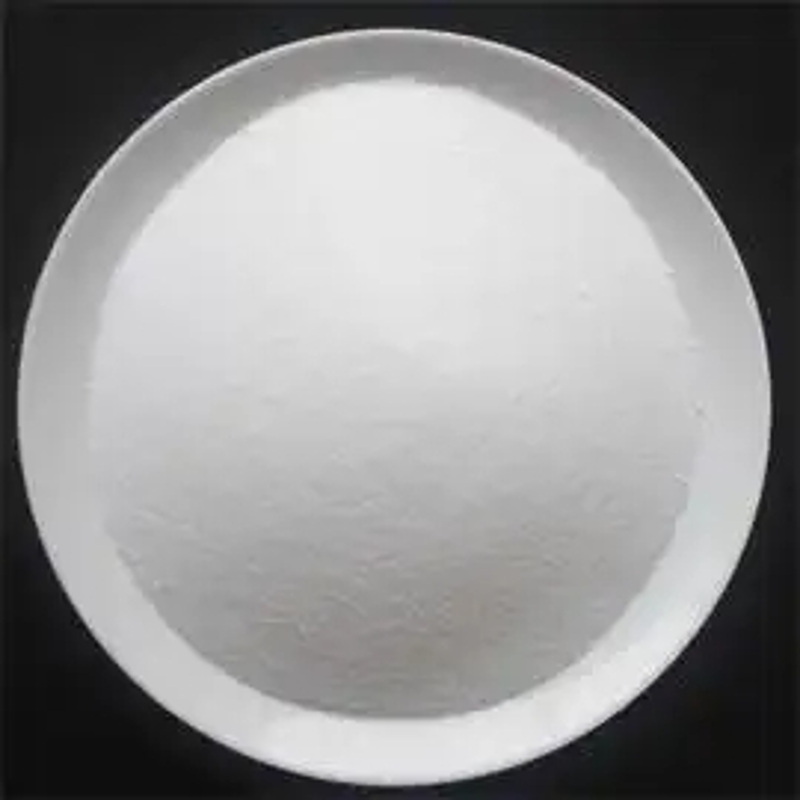China University of Science and Technology and other countries have made progress in the study of molecular structure mechanisms in the polar maintenance of nerve cells.
-
Last Update: 2020-07-22
-
Source: Internet
-
Author: User
Search more information of high quality chemicals, good prices and reliable suppliers, visit
www.echemi.com
On December 30, 2019, the Key Laboratory of membranous organelles and cell dynamics, Ministry of education, National Research Center for micro scale material science, and Professor Dynasty research group of College of life sciences at the University of science and technology of China revealed that Ndel1 / ankyrin-G complex was located in the nerve axis through comprehensive application of biochemistry, structural biology, chemical biology and molecular neurocytobiology The molecular mechanism underlying the selective entry of regulatory substances into axons at the beginning of neurites, thus maintaining the polarity of nerve cells, was published online in the Journal of the National Academy of Sciences (PNAs), entitled "mechanical insights into the interactions of dynein regulator Ndel1 with neural ankyrins and implications in polarity maintenance" This is another series of research results around ankyrin family proteins, which were published by Zhang Mingjie and Dynasty team in the journal NAT Chem Biol in 2018. Br / >in the nervous system of the human body, the most important part of the nervous system is composed of neurons and neurons, which are the basic units of the nervous system.different materials constitute different morphology and unique physiological functions of dendrites, cell bodies and axons, so as to maintain the polarity of nerve cells.the axon initial segment (axon initial segment) of nerve cells was observed, AIS is a specific membrane structure region near the cell body near the axon, which is rich in a large number of voltage-gated sodium channels (NAV) Channel, voltage-gated potassium channel (KCNQ2 / 3), cell adhesion molecules (nfasc, NrCAM, etc.) and a variety of scaffold proteins and cytoskeleton proteins are important sites for nerve cells to integrate the input signals of soma and dendrites and regulate and generate action potential.as the most important protein complex organizer in AIS, ankyrin-G is a landmark protein of AIS.ankyrin-G anchors a variety of ion channels and cell adhesion molecules to the cell membrane, thus ensuring the integrity and stability of the structure and function of AIS.at the same time, the special location of the axon initiation segment makes ankyrin-G act as a specific "gatekeeper", maintaining the axon dendrite polarity of nerve cells by selectively regulating the proteins and specific organelles entering the axon. However, the molecular basis of this selective regulatory substance in and out of the axon is still unclear.in this study, the dynasty research group determined the direct interaction between ankyrin-G and the regulatory protein Ndel1 of dynain complex, an important intracellular molecule, through biochemical experiments in vitro. Quantitative binding capacity was detected by ITC. By systematically comparing the dissociation constants of the binding between the two proteins, the assembly of the complex was systematically analyzed at the biochemical level.subsequently, they found that ankyrin-B, the homologous protein of ankyrin-G, could form complex with Ndel1, and the high-resolution crystal structure of ankyrin-B / Ndel1 complex was analyzed, and the molecular mechanism of ankyrin-G / ankyrin-B binding to Ndel1 was expounded.then, through a series of cell biology studies on the ankyrin-G / Ndel1 complex in mouse hippocampal neurons, they found that the Ndel1 / ankyrin-G complex can selectively prevent the non axon cargo from entering the axon at the beginning of the axon, thus maintaining the polarity of nerve cells.this study provides a structural basis for understanding the tissue structure of the initial segment of the axon of nerve cells and the maintenance of nerve polarity, and provides a theoretical basis for the study of the pathogenesis of human mental system diseases caused by corresponding gene mutations.it is reported that Ye Jin, a doctoral student from the school of life of China University of science and technology, and Li Jianchao, Professor of Medical School of South China University of technology, are the co first authors of the paper, and the dynasty is the corresponding author of the paper.the work was also supported by the Zhang Mingjie research group of the Hong Kong University of science and technology and the Zhang Yan research group of the school of life sciences, Peking University.the research is supported by the key R & D program of the Ministry of science and technology, the National Natural Science Foundation of China, the cultivation project of Hefei material science and technology center, the basic research business expenses of Central Universities and the first action of Chinese Academy of Sciences.China University of science and technology, etc
This article is an English version of an article which is originally in the Chinese language on echemi.com and is provided for information purposes only.
This website makes no representation or warranty of any kind, either expressed or implied, as to the accuracy, completeness ownership or reliability of
the article or any translations thereof. If you have any concerns or complaints relating to the article, please send an email, providing a detailed
description of the concern or complaint, to
service@echemi.com. A staff member will contact you within 5 working days. Once verified, infringing content
will be removed immediately.







